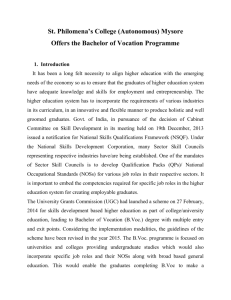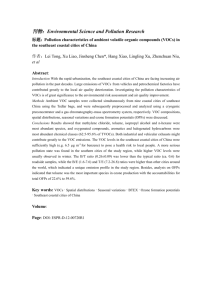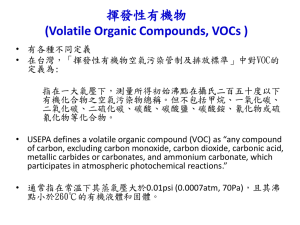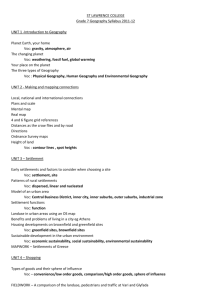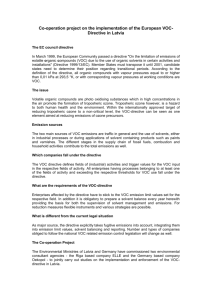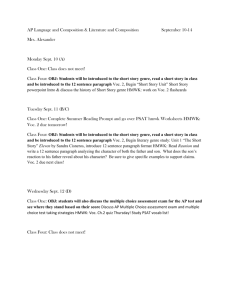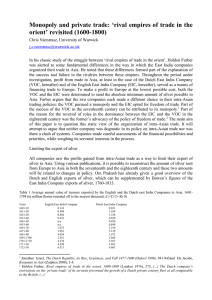VOC Background: The Dutch East India Company (VOC) was
advertisement
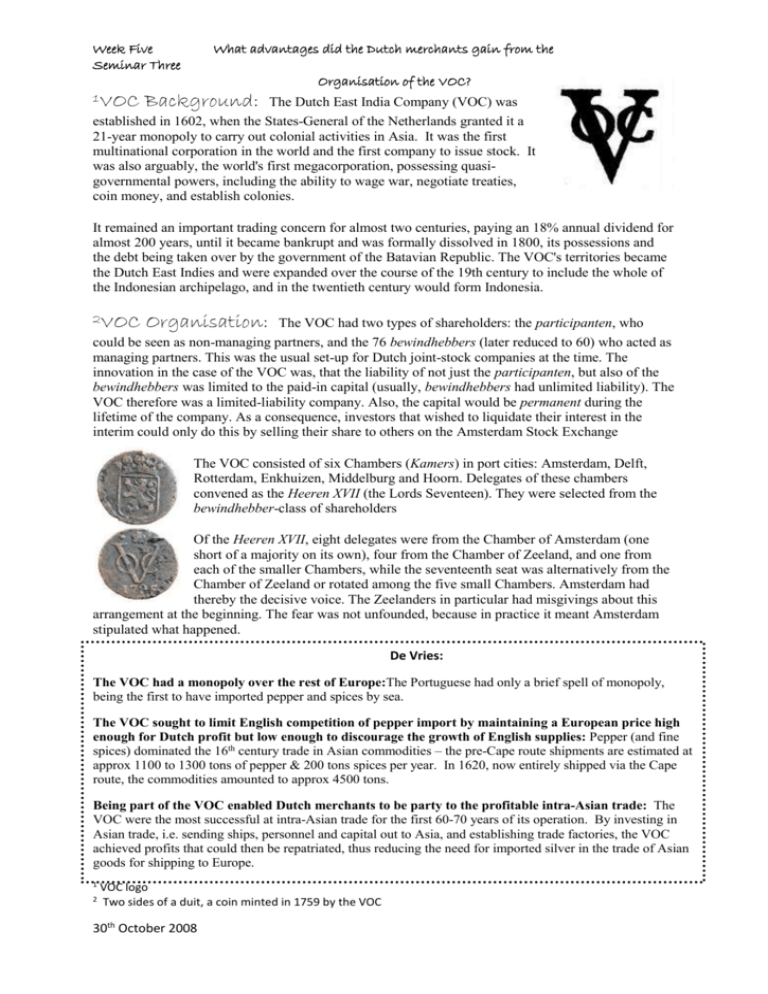
Week Five Seminar Three What advantages did the Dutch merchants gain from the Organisation of the VOC? 1VOC Background: The Dutch East India Company (VOC) was established in 1602, when the States-General of the Netherlands granted it a 21-year monopoly to carry out colonial activities in Asia. It was the first multinational corporation in the world and the first company to issue stock. It was also arguably, the world's first megacorporation, possessing quasigovernmental powers, including the ability to wage war, negotiate treaties, coin money, and establish colonies. It remained an important trading concern for almost two centuries, paying an 18% annual dividend for almost 200 years, until it became bankrupt and was formally dissolved in 1800, its possessions and the debt being taken over by the government of the Batavian Republic. The VOC's territories became the Dutch East Indies and were expanded over the course of the 19th century to include the whole of the Indonesian archipelago, and in the twentieth century would form Indonesia. 2VOC Organisation: The VOC had two types of shareholders: the participanten, who could be seen as non-managing partners, and the 76 bewindhebbers (later reduced to 60) who acted as managing partners. This was the usual set-up for Dutch joint-stock companies at the time. The innovation in the case of the VOC was, that the liability of not just the participanten, but also of the bewindhebbers was limited to the paid-in capital (usually, bewindhebbers had unlimited liability). The VOC therefore was a limited-liability company. Also, the capital would be permanent during the lifetime of the company. As a consequence, investors that wished to liquidate their interest in the interim could only do this by selling their share to others on the Amsterdam Stock Exchange The VOC consisted of six Chambers (Kamers) in port cities: Amsterdam, Delft, Rotterdam, Enkhuizen, Middelburg and Hoorn. Delegates of these chambers convened as the Heeren XVII (the Lords Seventeen). They were selected from the bewindhebber-class of shareholders Of the Heeren XVII, eight delegates were from the Chamber of Amsterdam (one short of a majority on its own), four from the Chamber of Zeeland, and one from each of the smaller Chambers, while the seventeenth seat was alternatively from the Chamber of Zeeland or rotated among the five small Chambers. Amsterdam had thereby the decisive voice. The Zeelanders in particular had misgivings about this arrangement at the beginning. The fear was not unfounded, because in practice it meant Amsterdam stipulated what happened. De Vries: The VOC had a monopoly over the rest of Europe:The Portuguese had only a brief spell of monopoly, being the first to have imported pepper and spices by sea. The VOC sought to limit English competition of pepper import by maintaining a European price high enough for Dutch profit but low enough to discourage the growth of English supplies: Pepper (and fine spices) dominated the 16th century trade in Asian commodities – the pre-Cape route shipments are estimated at approx 1100 to 1300 tons of pepper & 200 tons spices per year. In 1620, now entirely shipped via the Cape route, the commodities amounted to approx 4500 tons. Being part of the VOC enabled Dutch merchants to be party to the profitable intra-Asian trade: The VOC were the most successful at intra-Asian trade for the first 60-70 years of its operation. By investing in Asian trade, i.e. sending ships, personnel and capital out to Asia, and establishing trade factories, the VOC achieved profits that could then be repatriated, thus reducing the need for imported silver in the trade of Asian goods for shipping to Europe. 1 2 VOC logo Two sides of a duit, a coin minted in 1759 by the VOC 30th October 2008


